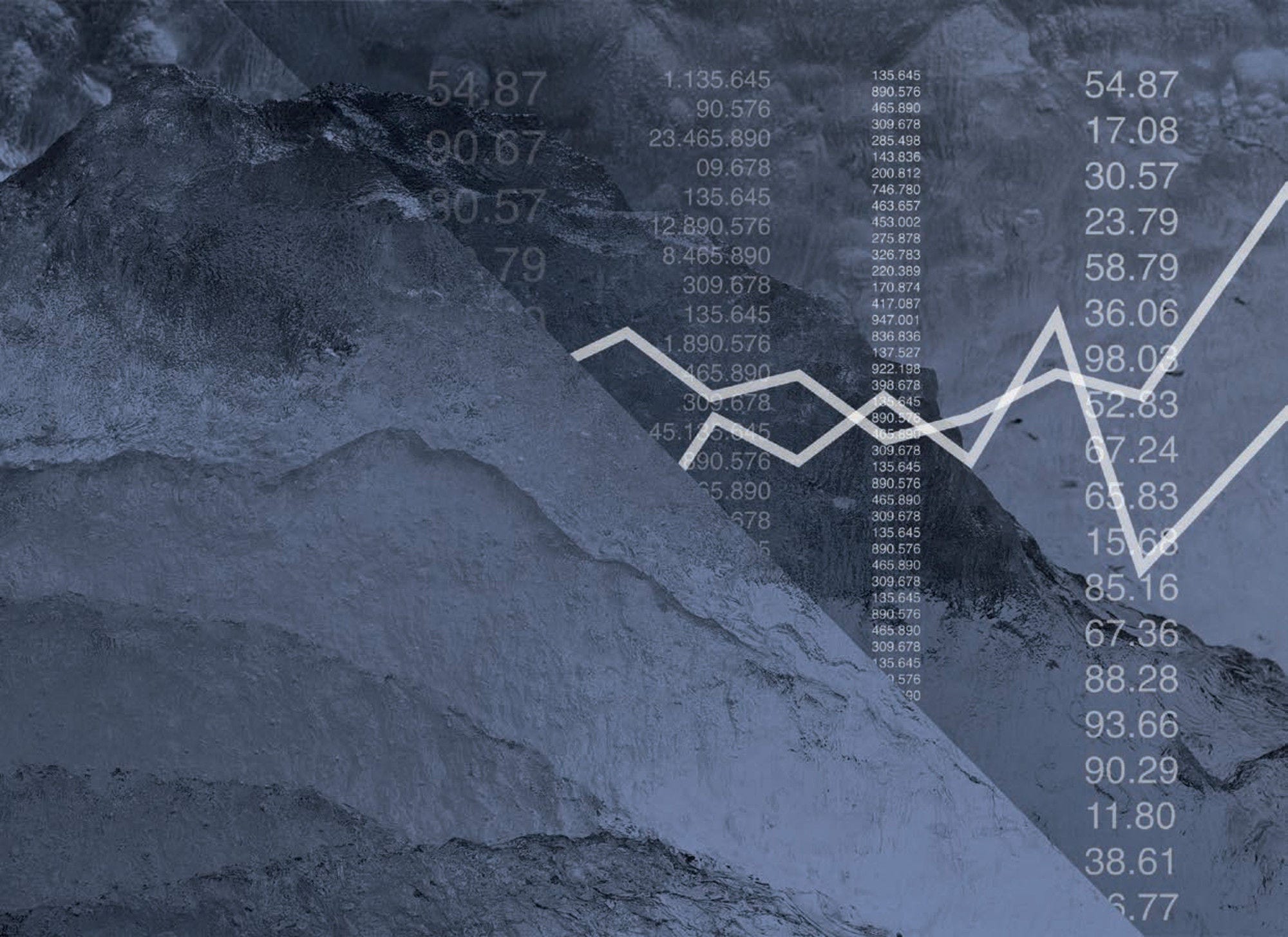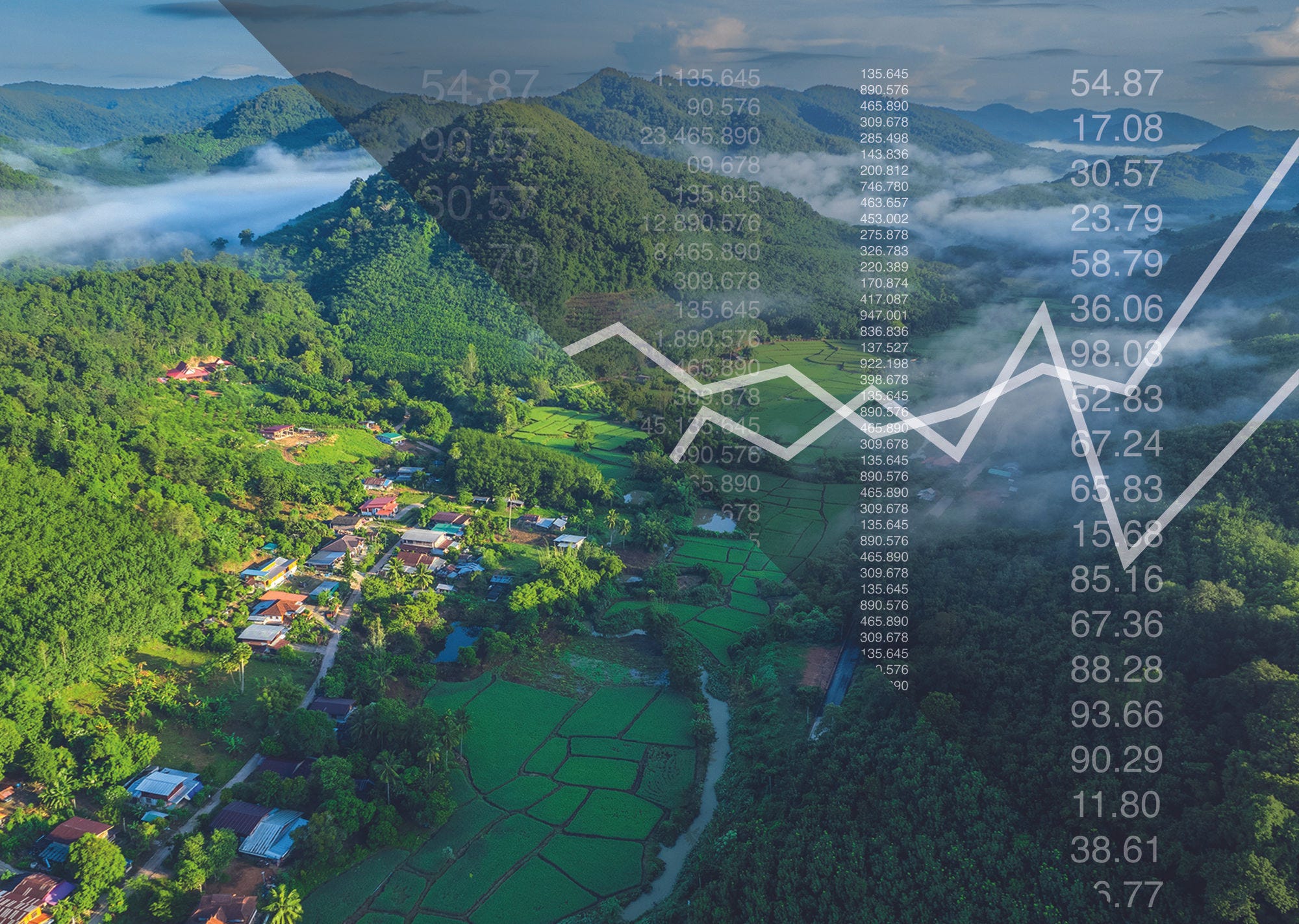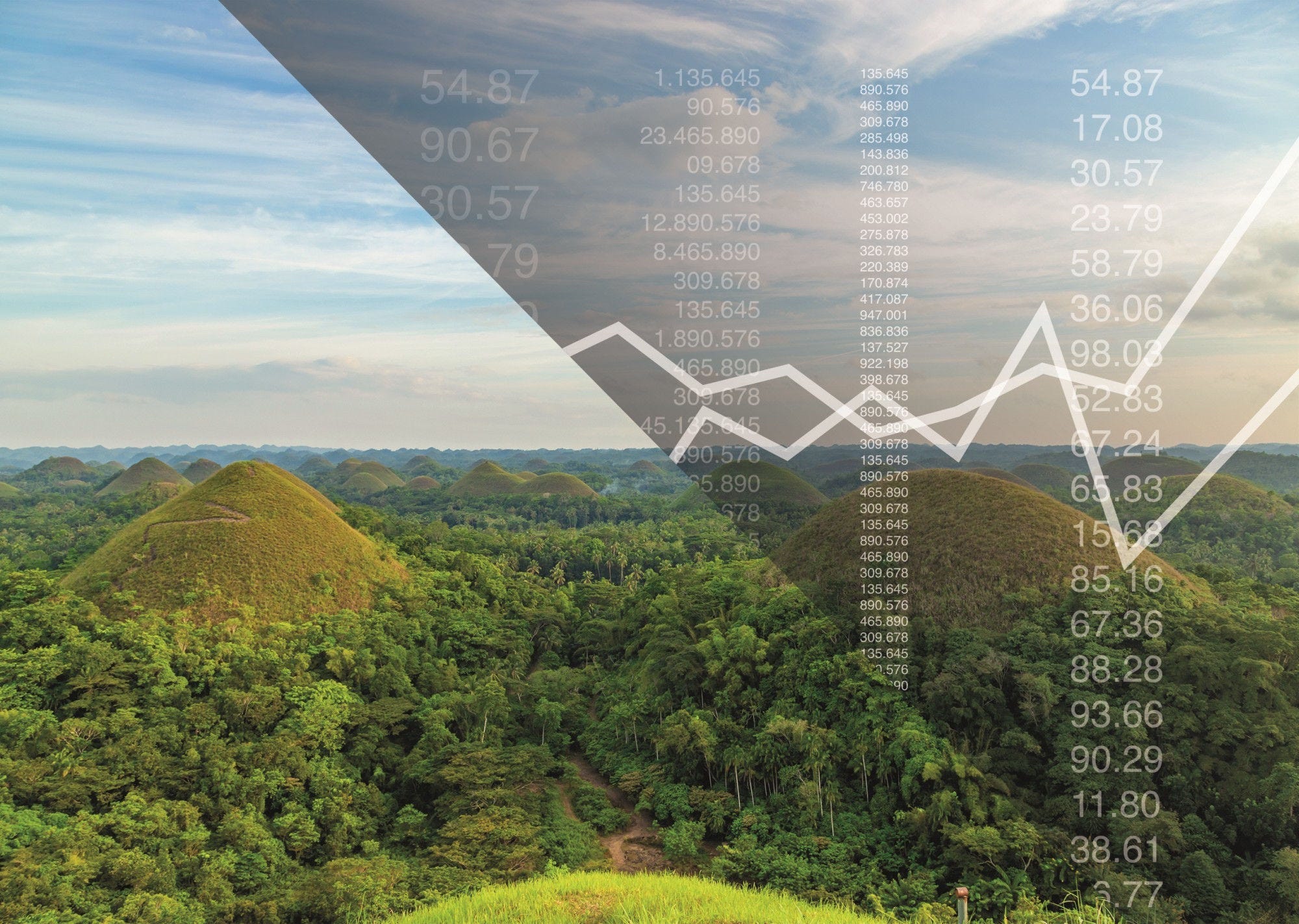The scale of Uzbekistan’s green transition requires a marked increase in private financing to fill the existing spending gap. The outsized role of the state in Uzbekistan’s economy and its underdeveloped domestic capital market act as significant constraints and call for a diversification of sources to finance the green transition. Since 2021, Uzbekistan has made green bonds a central part of its strategy to fill the financing gap and mobilise new sources of capital for its domestic green infrastructure projects. This publication explores the current market and institutional set-up in Uzbekistan, the reforms that have led to recent issuances of both sovereign and corporate thematic bonds, and the remaining barriers to further uptake of the instrument. The report also provides policy recommendations related to the market's institutional set up, Uzbekistan's regulatory framework for debt capital markets and emerging opportunities for further green bond use aimed at key stakeholders, including policy makers and market participants.
Financing Uzbekistan’s Green Transition

Abstract
Executive Summary
After decades of relative inactivity in international financial markets, Uzbekistan has emerged as a dynamic albeit small player that has made green finance a central component of its development strategy. Following its inaugural bond issuance on the international market in 2019, three thematic bonds have been issued in short order: a sovereign sustainability bond (labelled “Sustainable Development Goals bond”) in 2021 and two green bonds – one sovereign, one corporate – in 2023. These achievements establish Uzbekistan as a frontrunner in the region of Central Asia, where thematic bonds remain a novel financial instrument.
Uzbekistan’s interest in green bonds stems from the growing gap between investment needs, particularly in sustainable infrastructure, and actual expenditure, currently derived in large part from the state budget. This gap, estimated conservatively at USD 6 billion per year, cannot be filled with public funds alone, and the government therefore seeks to mobilise both domestic and foreign private capital for investment in projects that contribute to its environmental and development objectives. On the environmental front, Uzbekistan faces a considerable challenge in transforming its energy system, which relies almost exclusively on natural gas and is by far the largest emitter of greenhouse gases. The government has committed to reducing greenhouse gas emissions by 35% per unit of gross domestic product compared to 2010 levels by 2030 through accelerated integration of renewable energy sources into the power grid and electrification of transport networks. Uzbekistan has so far succeeded in reducing greenhouse gas emissions per unit of output by approximately 14% but is still off track from meeting its 2030 goal.
Uzbekistan also faces challenges in terms of its financial markets themselves. The economy, including the banking sector, is dominated by a small number of state-owned enterprises and banks that rely on subsidised support from the government budget rather than debt finance. Domestically, Uzbekistan lacks institutional investors active in debt markets, and trading volumes remain low. In terms of financial market infrastructure, transactions are split across two platforms, although ongoing efforts seek to harmonise the two platforms and facilitate trading. The country’s first issuances and focus on thematic bonds to funnel capital towards sustainable projects are important milestones in Uzbekistan’s debt capital market development, but there is still considerable untapped potential in Uzbekistan, which the present publication seeks to explore.
This publication provides a snapshot of Uzbekistan’s capital market development and activity in green bond issuance. After a brief overview chapter (Chapter 1), the publication focuses on identifying barriers to further progress posed by the country’s development strategies and programmes (Chapter 2), capital availability (Chapter 3), institutional set-up and regulatory framework (Chapters 4 and 5). The key messages and recommendations of each chapter are laid out in brief below.
Key findings
Given the potential for renewable power generation, particularly solar, there is considerable scope for Uzbekistan to cut its GHG emissions in line with its revised Nationally Determined Contribution (NDC) by rapidly increasing the share of renewable energy sources as well as boosting energy security and improving and greening infrastructure in the energy, transport and other sectors.
Uzbekistan has set 2030 targets for inter alia reducing the GHG intensity of the economy (-35% compared to 2010 levels) and renewable energy integration (25% of TPES). It also aims to reduce the state’s share in the national economy and develop the domestic capital market. However, Uzbekistan’s strategies lack credible costing information and financing strategies.
Given the magnitude of the investments needed (at least USD 6 billion annually), domestic public financing is insufficient for Uzbekistan to achieve the SDGs and its climate and development ambitions.
Recent large-scale solar and wind power generation projects have been implemented with investment capital. Although such projects have been financed to date through “vanilla” loans rather than green loans or green bonds, debt instruments could be useful in refinancing the loans. Future projects in a similar vein and of a similar scope represent low-hanging fruit for inclusion in a green bond issuance.
Recent institutional, legal and regulatory reforms such as the Programme for Capital Market Development 2021-23 have liberalised Uzbekistan’s financial sector, but it continues to suffer from ineffective market facilitation as well as limited supply of and demand for securities.
Uzbekistan’s soon-to-be privatised state-owned banks are increasingly interested in green bonds as a way to improve domestic and international reputation, attract financing from institutional investors with mandates to increase ESG compliant instruments in their portfolios. SanoatQurilishBank (SQB) issued Uzbekistan’s first corporate green bond in August 2023.
There is currently no regulatory framework for Islamic finance in Uzbekistan, but there are indications that considerable demand for Islamic financial products exists. Green sukuks, a Shariah-compliant bond-like instrument, could be an additional financing tool for the government and corporate entities alike.
Key recommendations
Uzbekistan should develop and adopt a comprehensive economy-wide net-zero target and supporting long-term low-emission development strategy.
Uzbekistan should simplify the opaque and fragmented legislative and regulatory framework governing the financial system and adopt a consolidated law on capital markets.
Uzbekistan should adopt a coordinated long-term development financing strategy, continue to develop the pool of domestic qualified capital market experts and harmonise the country’s two securities trading platforms.
Uzbekistan should build on its experience with its first two sovereign thematic bonds, drawing on line ministries’ lists of priority infrastructure projects.
Uzbekistan should seek to incorporate emerging good practices internationally in its refinement of its recently adopted domestic green taxonomy, which will help standardise and streamline project selection and evaluation.
The Budget Code currently forbids subnational governments to issue debt instruments. Given the large share of spending carried out at the subnational level, Uzbekistan should consider gradually removing this restriction to allow selected subnational governments with sufficient capacity to finance green projects through green bond issuances.
The government should encourage banks to seek out capacity development and peer learning opportunities, particularly with peer banks experienced in green bond issuances.
The government should develop the necessary regulatory framework and capacity to enable issuance of green sukuks.
In the same series
-
 16 November 2023
16 November 2023
Related publications
-
 20 November 2024
20 November 2024 -
 14 March 2024
14 March 2024 -
 4 December 2023
4 December 2023









